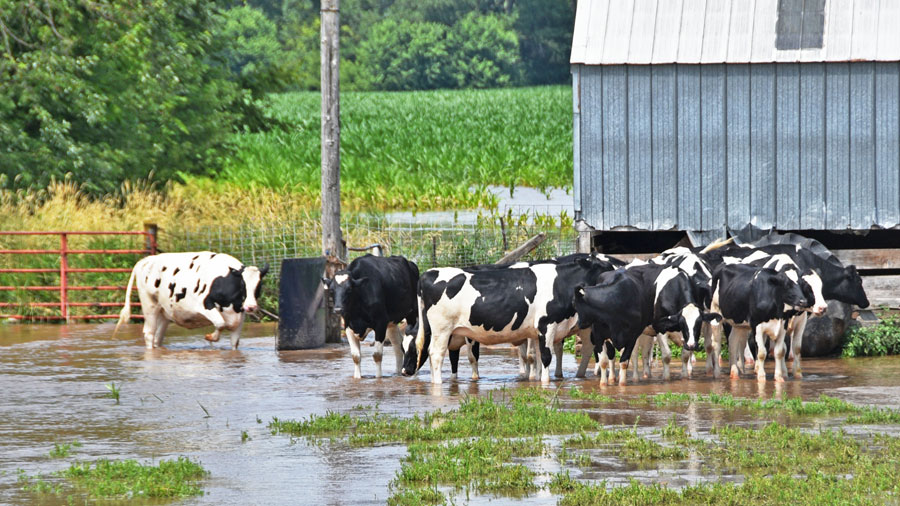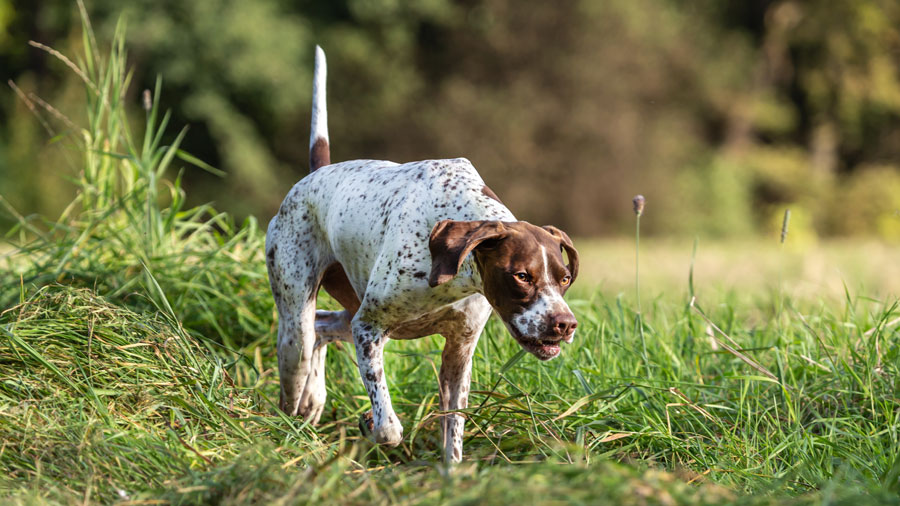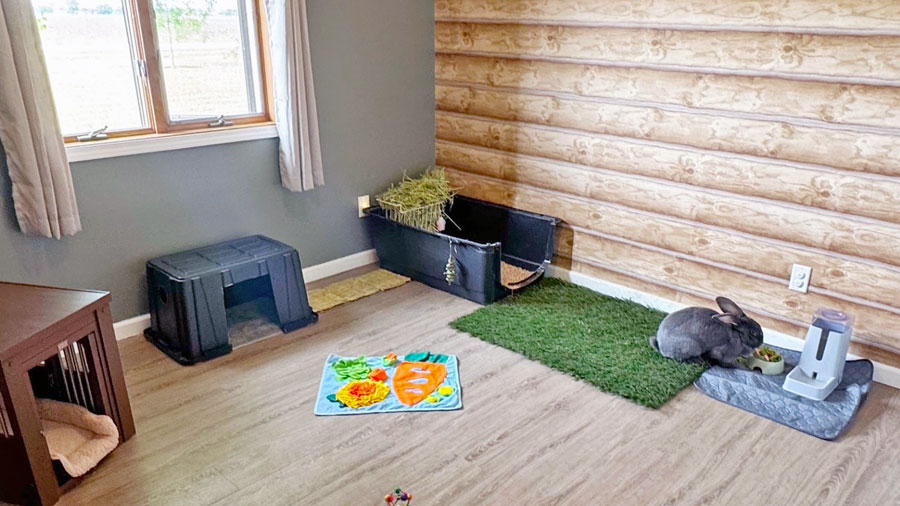Field Anesthesia Requires Thought, Preparation
Anesthesia is important for controlling pain and ensuring the safety of patient and caregivers during a surgical procedure. But for some animal patients, anesthesia use isn’t confined to the operating room.
Dr. Danielle Strahl-Heldreth, a veterinary anesthesiologist at the University of Illinois Veterinary Teaching Hospital in Urbana, has experience in delivering anesthesia to a variety of animal patients in the field. She says in some situations, it is preferable to anesthetize horses on the farm.
“Horses have one-of-a-kind personalities and can wind up with injuries that require trips to the hospital for treatment under general anesthesia. However, certain minor procedures can be performed at the farm using field anesthesia techniques,” explains Dr. Strahl-Heldreth.
When to Choose Field Anesthesia
Because of the stress to the animal brought on by general anesthesia in an advanced hospital setting, some equine veterinarians choose to perform various surgical procedures on a standing sedated horse. According to Dr. Strahl-Heldreth, relatively simple procedures such as castration, laceration repair, removal of an eye, or removal of a benign skin tumor (called a sarcoid) can all be safely performed on a standing, sedated horse.
The decision to deliver full general anesthesia in the field is more complex.
“Your veterinarian will take a thorough history, perform a detailed physical exam on your horse, and make sure that there is a suitable location available,” explains Dr. Strahl-Heldreth. A good location for field anesthesia will have good footing and even ground and be free of rocks, obstacles, ditches, and burrow holes.
What Does Field Anesthesia Involve?
The procedure begins when your veterinarian places an intravenous catheter in the jugular vein in the neck. This is placed in order to administer the IV sedation. Sedation allows your horse to relax so caregivers can more easily position the patient. It is possible for a veterinarian to perform a standing sedated procedure at this point in time.
![[Dr. Danielle Strahl-Heldreth shows equine anesthesia equipment]](https://vetmed.illinois.edu/wp-content/uploads/2021/04/pc-strahl-heldreth-equipment-300x300.jpg)
As the sedation kicks in, the horse will become less vocal, will stand square, and will lower its head. “Once the horse is appropriately sedated, the veterinarian will administer an induction drug through the intravenous catheter, and the horse will begin to fall asleep,” says Dr. Strahl-Heldreth.
At this point, caregivers will guide the horse into the sitting position. “This is accomplished through steady, equal pressure on your horses’ shoulders,” she says, “followed by guiding your horse into a lateral-lying position.”
In some cases, your veterinarian will next place a tube down your horse’s trachea to supply oxygen and an anesthetic gas. Your veterinarian may administer additional anesthetic drugs through the intravenous catheter to maintain your horse in a safe level of anesthesia, depending on how the horse responds to the medications and how long the procedure takes. Pain management drugs can also be administered through the intravenous catheter if the patient is showing signs of discomfort during the procedure.
What Are the Risks?
Field anesthesia requires just as much thought, preparation, and caution as does delivering anesthesia in an operating room.
“A safe location to perform anesthesia and careful consideration and selection of the anesthetic protocol are vital for a positive outcome, regardless of the setting,” stresses Dr. Strahl-Heldreth.
“Large animal anesthesia in general poses several challenges. The size and temperament of animals can increase the risk of injury to human personnel and to the animal itself,” she says.
The risks associated with field anesthesia are basically the same ones involved in anesthesia delivered in an operating room. Field anesthesia is a common occurrence in large animal veterinary practice.
Because of the size of an equine patient, the procedure requires numerous personnel to safely handle the horse as it is being induced as well as during the recovery process. Veterinarians who perform field anesthesia are trained and have experience in these procedures; their assistants must also be well informed about their roles in the procedure.
This is especially important when the animal is recovering. As mentioned earlier, because horses are such big animals, they can be both a danger to themselves and the veterinary team that performed the surgery. It’s important to be cautious when the horse begins to wake up from anesthesia. It is common for them to thrash and stumble while they are recovering. This is why Dr. Strahl-Heldreth recommends that a suitable site for the procedure be chosen before electing to perform field anesthesia.
Not Just for Horses
Field anesthesia provides convenience for farm animals, but wild species of all sorts also undergo anesthesia in the field.
“My all-time favorite animal that I have anesthetized is an adult male polar bear. He weighed around 1,200 pounds, which happens to be the average weight of an adult quarter horse!” says Dr. Strahl-Heldreth.
If you have questions about field anesthesia, call your local large animal veterinarian.
By Hanna Netisingha
Photos by L. Brian Stauffer

![[Dr. Danielle Strahl-Heldreth with a horse and students]](https://vetmed.illinois.edu/wp-content/uploads/2021/04/pc-strahl-heldreth-equineanesth.jpg)


